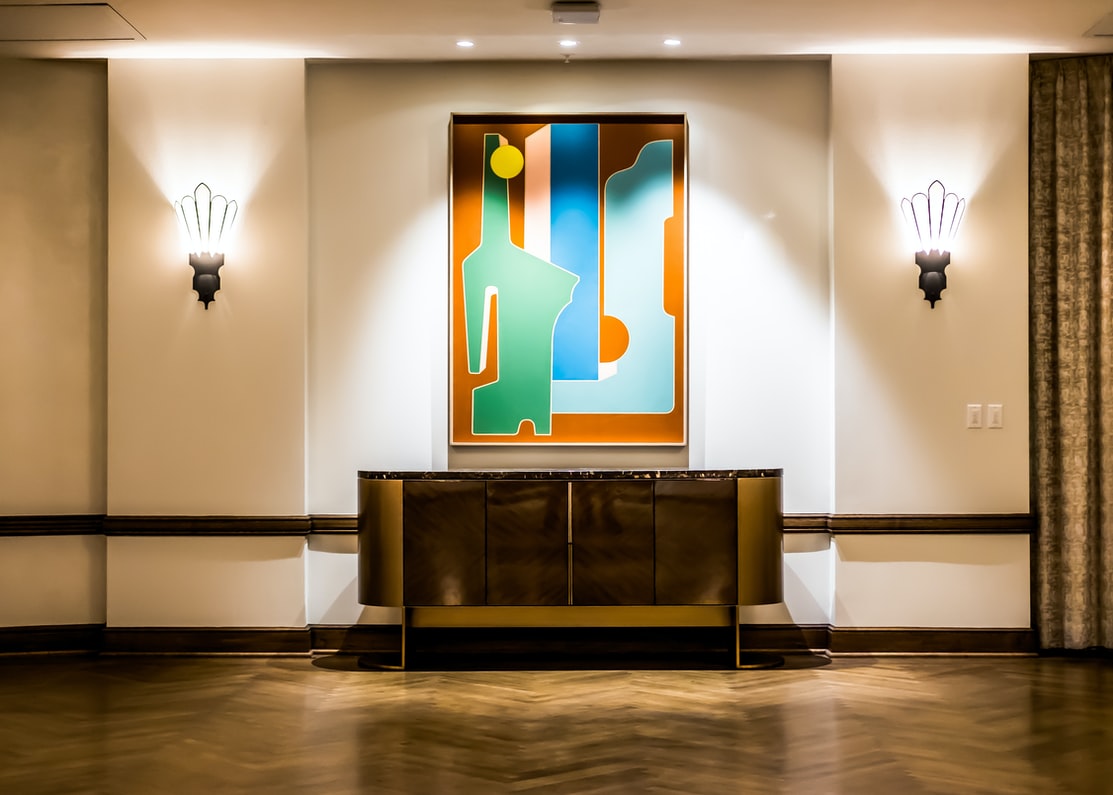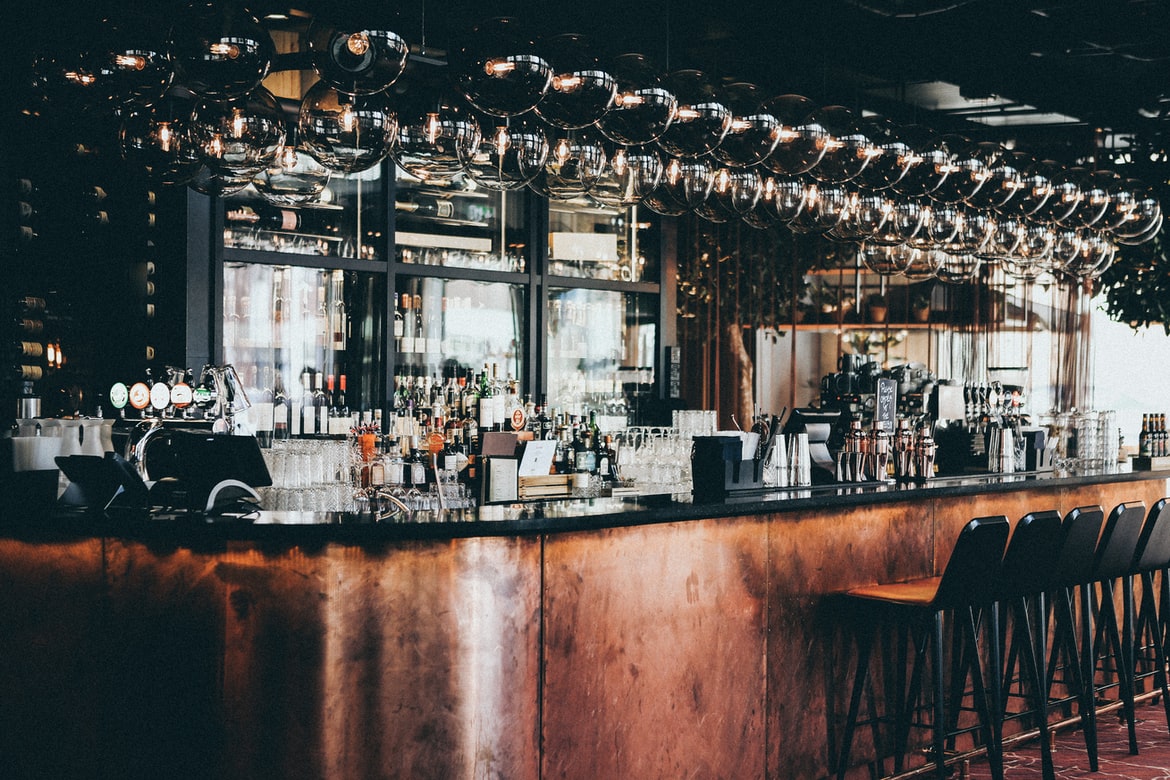After a long day of travel, hotel lighting in the lobby should feel warm and inviting to everyone that walks in. Visitors won’t always look up and notice the light fixtures, but they will definitely pay attention to the atmosphere hotel lighting creates. Here’s how you can use lighting to make your guests feel at home in your hotel.
The Basics of Hotel Lighting Design

Hotels have a number of different spaces which may include the hotel lobby, guest living areas, dining, and nightlife. But, did you know that each area of a hotel requires different lighting?
- Task lighting either next to the guest bed or at the desk area
- Overhead lighting for areas such as the bathroom
- Night lighting to guide your guests through the unfamiliar environment
- Dimmable lights for full control of a living space
- Hallway lighting to make it easy to find their way around the hotel
These requirements, along with general ambient lighting, are a must when lighting a hotel. Ensuring that your guests have full control of their temporary living environment will guarantee that they are comfortable during their stay. Lighting is a huge part of that.
Directional Hotel Lighting

Certain elements of a hotel are meant to draw attention to guests and should be highlighted. Directional lighting can be used to guide the guest’s eye to different vantage points to engage them in activities or actions.
For example, adding directional downlighting above the main reception desk can help lead guests to their first stop when they walk in the door. You might also use hallway lights to draw attention to the guests’ living spaces.
Remember, the idea is to make your guests have an easy and enjoyable stay. Directional lighting can make their experience that much easier without them even realizing it.
LED Lighting to Create Extra Space
 Did you know that adding light to a space can give the illusion that it is larger than it actually is? Instead of leaving out essentials to save square footage in a hotel guest room, you can bring in good quality lighting.
Did you know that adding light to a space can give the illusion that it is larger than it actually is? Instead of leaving out essentials to save square footage in a hotel guest room, you can bring in good quality lighting.
Lighting in a small space should be as crisp and clear as possible. LED lights have a high Color Rendering Index (CRI), which mimics sunlight’s ability to show color. Replicating natural lighting can have the same effect as opening a shade in a dark room. So, even if your hotel room lacks windows, LED lighting can help make it feel larger.
LED Lighting For Color Relationships

Every hotel has its own aesthetic, including color schemes. Because of this, it is important to consider different color temperatures when choosing to light a hotel room.
With this in mind, it’s important to make sure the color temperature you choose for your lighting isn’t too cool or warm. If a room is painted with cool tones, such as blue, warmer lighting can help counteract the coolness.
LED lighting is available in color temperatures ranging anywhere from 2200K (warm) to 4000K (cool) to personalize and fit the color scheme of any room.
Transitional Lighting
 Since there are many different spaces within a hotel that require different lighting, it is important to pay attention to transitioning from one space to another.
Since there are many different spaces within a hotel that require different lighting, it is important to pay attention to transitioning from one space to another.
It could be jolting if the lighting in one room is drastically different from the next room. Consider the time of day into lighting transitions.
Dim lighting can help your guests’ eyes adjust when entering the lobby at night time. Brighter lighting during the day can make the transition to sunlight easier.
The good news is, lighting with dimming capabilities allows your guests to control their comfort level even more.
Choosing Efficient LED Lighting For Your Hotel
LED lighting is the most advanced lighting technology today. From varying types of fixtures such as downlights or track heads, LED lighting can be carefully selected for any hotel space. Lumenture’s discreet and functional lighting solutions can warm your hotel and welcome your guests.
Learn more about Lumenture lighting solutions.



